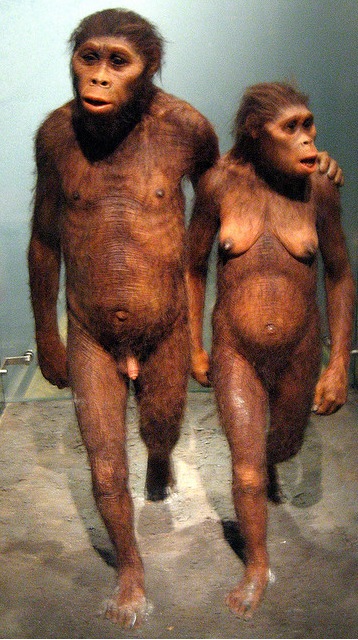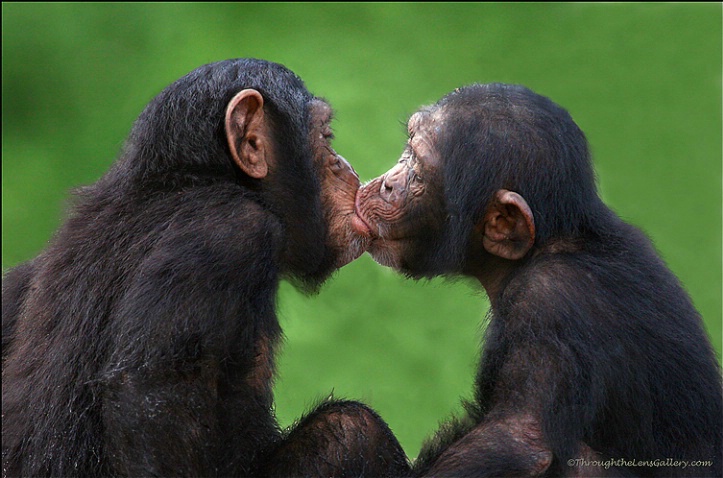
Once again I find myself walking into the murky waters of marriage, not in real life but in print… praise angels. I recently had a conversation about marriage with August Løvenskiolds which unearthed some alternative ways of looking at it. On several points our understanding aligned, and on others they diverged. So rather than rely on August’s perspective alone, I’d like to lay down my own thoughts.
The conversation was partly stimulated by a comment I made elsewhere, which we decided to unpack – and here I hope to unpack it further in this article (quote):
Aside from those differences over origins, both sides agree that gynocentric marriage – its culture, customs, laws, taboos – must be utterly abandoned, not reformed. Notice here I refer to gynocentric marriage and not to a marriage of the minds, hearts, dreams, goals, projects, and bodies that might come with non-gynocentric relationships.
The contention of this paragraph is, hypothetically speaking, that a marriage can be based on different priorities than those of gynocentrism. But before getting further into this idea lets start with the widest definition of marriage from the Oxford Dictionary, which is:
“any intimate association or union”
This definition covers pretty much all unions in which two or more things are brought together – whether in physics, biology, linguistics, or culture. In the case of this article we are referring to human unions, and while some of the accompanying customs and behavior go well beyond this basic Oxford definition, they each conform to this minimum requirement in order to satisfy for the label marriage.
There are two main orders of human union to consider: 1. culturally prescribed marriage customs, vs. 2. the unadorned biological demand for intimate association.
During our discussion, and also in his recent article on this topic, August proposed several combinations of words (portmanteaus) to describe many different kinds of marriage. For the sake of simplicity I’m only going to tackle the two primary terms he covered which are Gynomarriage, and Biomarriage.
Gynomarriage
Gynomarriage, (portmanteau of gynocentrism + marriage) describes the typical union between men and women today. It is based on the culturally prescribed roles of female superiority served by male-chivalry, a combination otherwise referred to as romantic love. This is the modern basis for marriage.
During the time this marriage has existed, laws have evolved to buttress and enforce the gynocentric version, laws tilted almost exclusively to favor wives both during the marriage, and especially in the case of its downfall.
As a social construct gynomarriage has not been around forever, with other periods in history generating different forms of marriage as was outlined by August. During the last 800 years however, and ongoing today, gynomarriage has ruled- so that’s what we’ll concern ourselves with in the rest of this article. To better understand it let’s contrast it with another, far more important ‘marriage’ that remains relevant today:
Biomarriage
Biomarriage (biology + marriage) is a very different idea involving not cultural constructs, but biological necessities built into our DNA. The ‘marriage’ urged by biology is based on three factors: sexual pleasure; intimate bonding/attachment; and reproduction with the concomitant parenting instinct.

Each of these imperatives has operated since our remote hominid past and will continue to compel our behavior for long after gynocentric culture ceases to exist. Like gynomarriage, biomarriage takes place between two adults, but in this case has done so for literally millions of years (and not just a few hundred years as in the case of gynomarriages).
Most of what I have described here is mediated by what the Greeks called storge, which is a feeling of affection that arises during intimate associations or unions which tends to strengthen over time.
I’ll spend the remainder of this piece talking about biomarriage because gynomarriage belongs, as any men’s advocate worth the name will tell you, in the scrap bin of history. People can easily get by without it, but the same cannot be said about biomarriage because the compulsion for human bonding, affection, and sexual desires are far too powerful to ignore.
Some MGTOW refuse to consider even a biomarriage with a woman, which is a serious but otherwise understandable choice to make in an environment that exposes men to being savaged by the in-creep of gynocentric exploitation.
However, if a man refuses the possibility of a non-gynocentric relationship with a woman, then what’s required is, at bare minimum, alternative avenues for expressing his biological imperative. He can satisfy sexual needs with porn, with fantasy, prostitutes, fleshlights or fuck-buddies. Likewise, he can satisfy his needs for affection and attachment with close friends, family, or perhaps with a dog or some other pet. He can satisfy parental desires via fathering, if the urge is there, any young among us — teaching school children, working in a daycare center, caring for the disabled, mentoring a fatherless child, coaching little league, looking after orphaned animals, or again buying a puppy.
Are these replacement measures enough? Yes, they meet the minimum standard for maintaining physical and emotional stability. But it requires a strong understanding of one’s biological needs, an awareness, and a willingness to work hard on meeting those needs. Rather than satisfying our biological needs via “an intimate association or union” we can use a bricolage of band-aids to ensure our biological and psychological health remains intact.
Summary
So while you may legitimately think you can reject, nay should reject gynomarriage, it’s not wise to reject the elements I’ve detailed under the heading biomarriage unless you want to risk your health, and life.
We need to realize that while history has been full of amazing men who never married and eschewed relationships with women (and no man should be shamed for taking this course), it also pays to remind men that choosing isolation from affection and intimate bonds has a cost, and shouldn’t be viewed as something trivial to do to yourself. Loneliness can lead to depression, anxiety, paranoia, suicide and must be protected against. Most people can probably do it, but they’ll need more than video games and YouTube in the long run to pull it off. It’s going to involve things like meditation, consciously working to both acknowledge your urges, and to cater to them in creative ways.
We can employ alternatives to satisfy our biological urges, but we might also revisit the question of whether there’s a way to conduct a biomarriage with a real flesh-n-blood human being minus the gynocentrism; you could perhaps think of it as a relationship based on the biological necessities of human being. I’d like to think that’s still possible, if not now then sometime in the future when both the government and gynocentrism are no longer part of the deal.
Feature image by Phoenix Comicon


You must log in to post a comment.